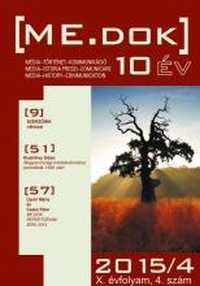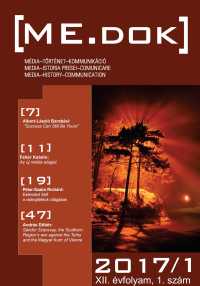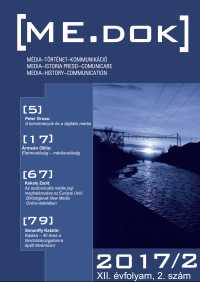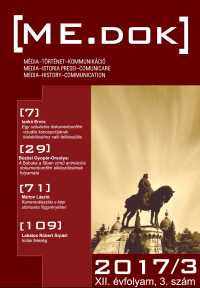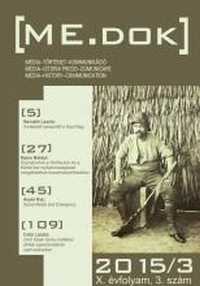
Az induló Válasz és az Erdélyi Fiatalok
In this article the author analyzes the complex relationships between the editors of the reviews Válasz (Answer) and Erdélyi Fiatalok (Youth of Transylvania). Cseke presents exchanges of letters between the editors and collaborators of the magazines, exchange of letters who was also an intense exchange of ideas and ideologies, with mutual infl uences. Are presented letters and articles by Béla Jancsó, Géza Juhász, László Németh, etc. The author refers to the debate between young writers of the interwar era, debates that led to the birth of Válasz magazine.
More...
